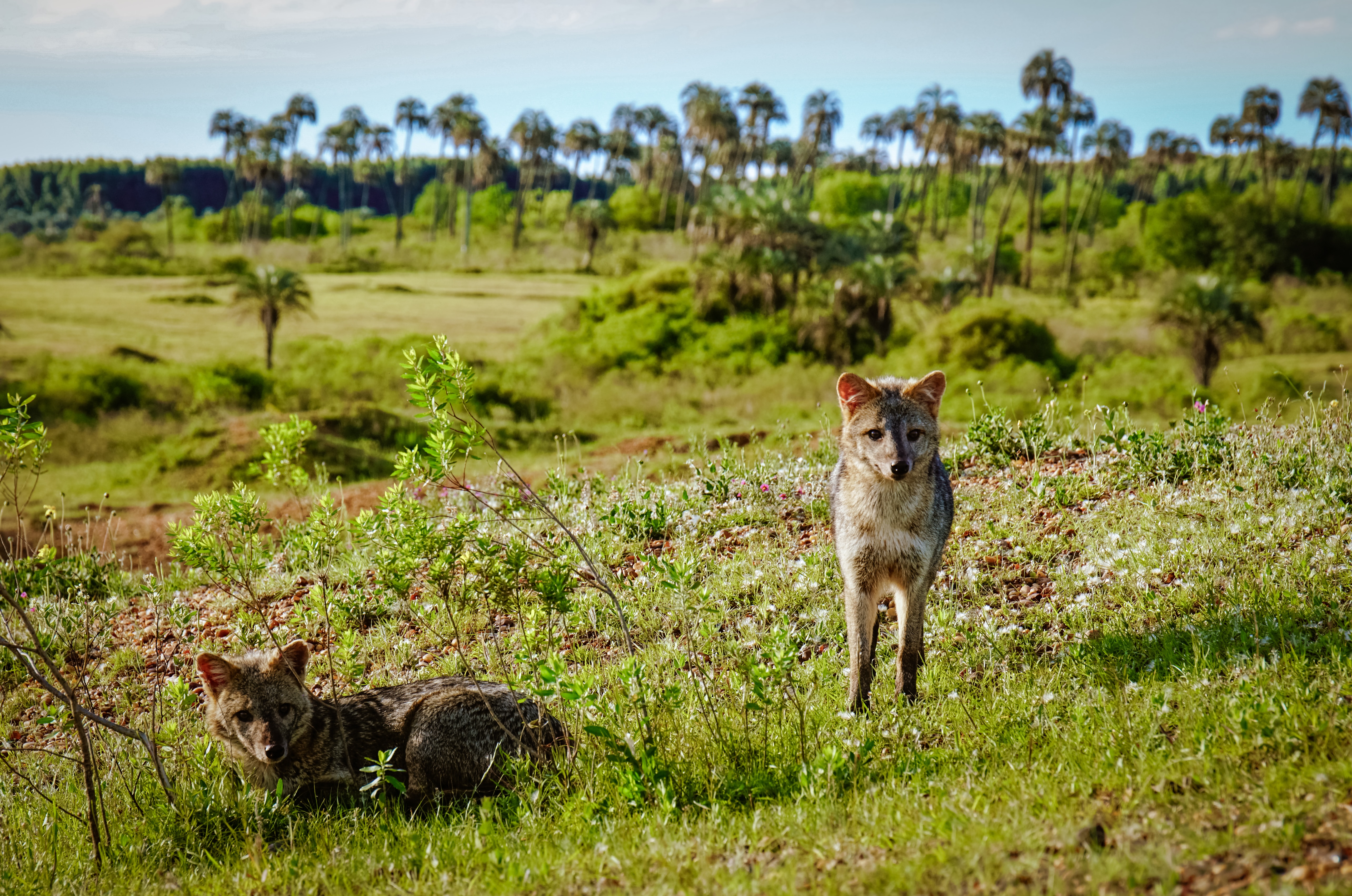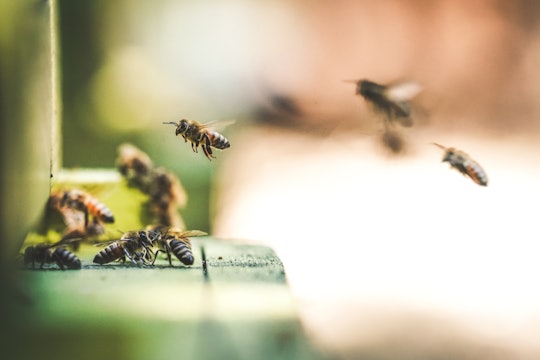Pheromones and social lives are becoming a liability for insects in changing climates
Animals that live in cooperative societies share traits that may make them vulnerable to change, and humans may struggle in their absence
It is no surprise that enormous biodiversity loss is a consequence of our rapidly changing planet. Species are going extinct across the globe as a result of global warming, shifting habitats, and the spread of pathogens and invasive species. But some organisms have traits that make them particularly vulnerable to these changes. Scientists are now discovering that social animals — those that live in cooperative societies — may fall into this category.
A group of entomologists at the University of California, Riverside, led by Ph.D. students Kaleigh Fisher and Mari West, examined this phenomenon in social insects such as bees, ants, wasps, and termites. These insects live in colonies in which some individuals focus on laying eggs while others work together to take care of the brood, gather food, and build shelter. They comprise the overwhelming majority of insect biomass in many ecosystems and thus are considered ecologically dominant. However, Fisher and West's research finds that, as our ecosystems change, the very traits that have provided evolutionary advantages may become liabilities for some social insect species as their environments change.
"Some social insects might actually be susceptible to increasingly altered and unpredictable environments, while others may thrive," said West in an interview. "It was important for us to turn the idea that social insects are extremely resilient and adaptable species on its head."
Global change affects more than just social insects — it threatens many other social animals as well. This is because they share common traits, such as the abilities to communicate with each other and protect themselves against diseases. And as we understand more about the threats that come with climate change, these fundamental aspects of social life are likely to change from benefits to burdens for social animals everywhere.
One critical trait that many social animals – from crabs to coyotes – share is the use of chemicals called pheromones to communicate. Effective coordination within insect societies is necessary for social cohesion and colony development and survival, and they use pheromones for this coordination. Each colony has a unique set of chemicals it uses to distinguish nestmates from non-nestmates. The colony gains this chemical signature through its diet and nesting materials, but minute differences in behavior and the nest environment can affect it too. For example, different species of stingless bees derive part of their chemical signatures from different tree resins. When these habitats are simplified, these unique colony-specific chemical signatures may change to be more and more similar across all colonies, leading to mass confusion among neighbors. This pattern could occur across all social organisms.
The story is similar for non-insect social animals. In addition to excreting pheromones, many communicate through their urine. Female crabs, for example, secrete a chemical in their urine to attract males. Similarly, coyotes urinate to mark their territory and communicate about their breeding condition to other members of their pack. But changes in animals' habitats or even heavier-than-normal precipitation may disrupt the chemical signals they leave behind. And when territory and mating signals are misread or go undetected, fights can break out over competing mates or trespassers.

Photo by Andrés Corbo on Unsplash
The ways in which social animals fight against pathogens is different from solitary animals: they invest considerable resources in defending the group, a phenomenon called social immunity, which comes at a cost to individual immunity. Social insects, such as ants, are attractive hosts for pathogens because many highly-related individuals share close quarters in a warm nest — the perfect conditions for pathogens to spread. Social immunity may make them particularly susceptible to changes in climate and invasive species that carry new pathogens.
This same principle applies to other social animals that are now experiencing the introduction of novel pathogens and invasive species, which are moving poleward into new ranges as habitats warm. The African clawed frog and barn swallows, for example, pass antibodies to their nests and eggs, and the concentrations of these antibodies are affected by rising temperatures. The introduction of novel pathogens and invasive species may be lethal to the birds and frogs that cannot defend their eggs physically or through antibodies.
Many social animals build nests as full-time homes or even just to lay eggs within. Social insects use materials available in their environments for nest construction, and therefore, the availability of nest-building materials constrains their habitat. For example, wood ants build nests out of pine needles and small pieces of wood on the forest floor, so they are limited to living in areas where these materials are readily available. In fact, the restriction of wood ants to healthy coniferous forests has led to them being frequently used as indicators of forest health. Additionally, the construction of beehives and wasp nests require solid rocks, logs, and trees. Land conversion and climate change pose a threat to these and other social insects that need stable habitats.
For penguins that live in Antarctica, warming may cause unprecedented precipitation or early snowmelt, causing there to be puddles on the ground. Penguins cannot lay their eggs in puddles, and the chicks do not yet have feathers that can withstand being soaked, causing them to die of hypothermia. Scientists have predicted that up to one-third of Adélie penguin colonies, or 20% of their population, may be in decline by 2060 due to climate change's effects on Antarctica.
_19.jpg)
The loss of ants and bees may seem insignificant compared to their more massive mammal, bird, and reptile relatives. However, "many social insects provide important ecosystem services," says West. Ants maintain soil quality and bees and wasps pollinate plants, including many of the crops we eat. The vulnerability of social insects to climate change, in particular, could have significant consequences for our food security. "We wanted to encourage others to explore these topics with their own research so we can better understand what our future world may look like, with or without some of these important species."
Although social traits are usually considered beneficial, when it comes to environmental change it might just be the opposite. We are far from understanding the crisis — there is still a lot to investigate about how never-before-seen changes in climate, land conversion, and invasive species will impact social animals and the ecosystem services they provide.



I’m happy to see some investigation into this problem, as it’s something many biologists have considered as global warming continues to progress beyond projections year-after-year. Given how vital many of these insects are to our society and food production (bees are the prime example of this), it’s an area of research desperately needed. I thought this was well-written, interesting, and enjoyed the use of imagery and explanations throughout. A well written article, and good read for a Monday morning!